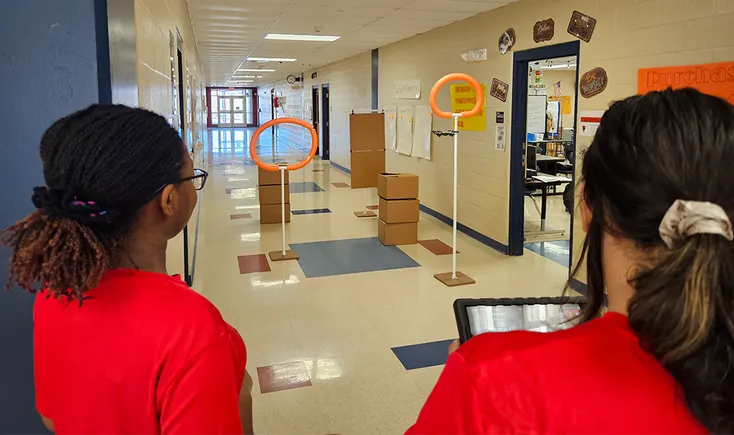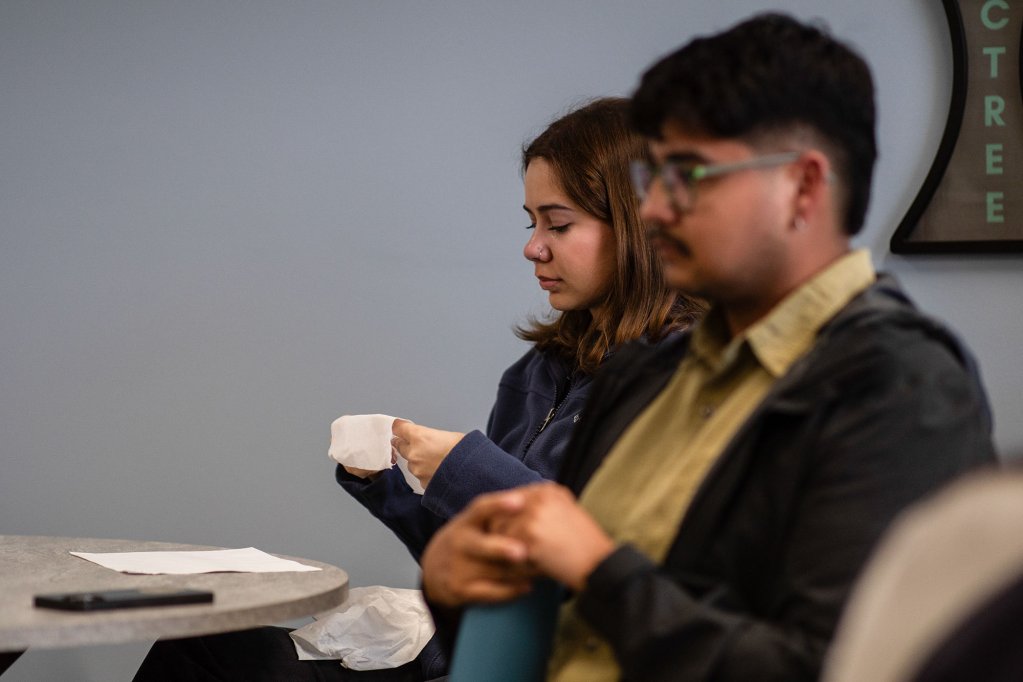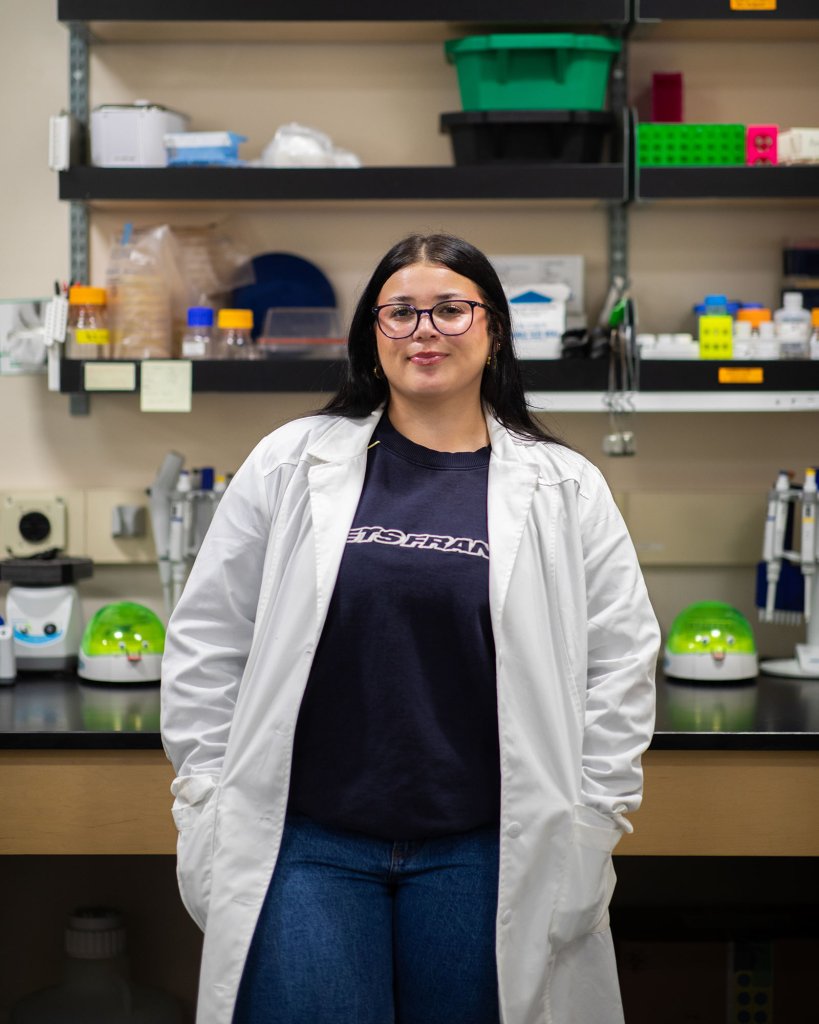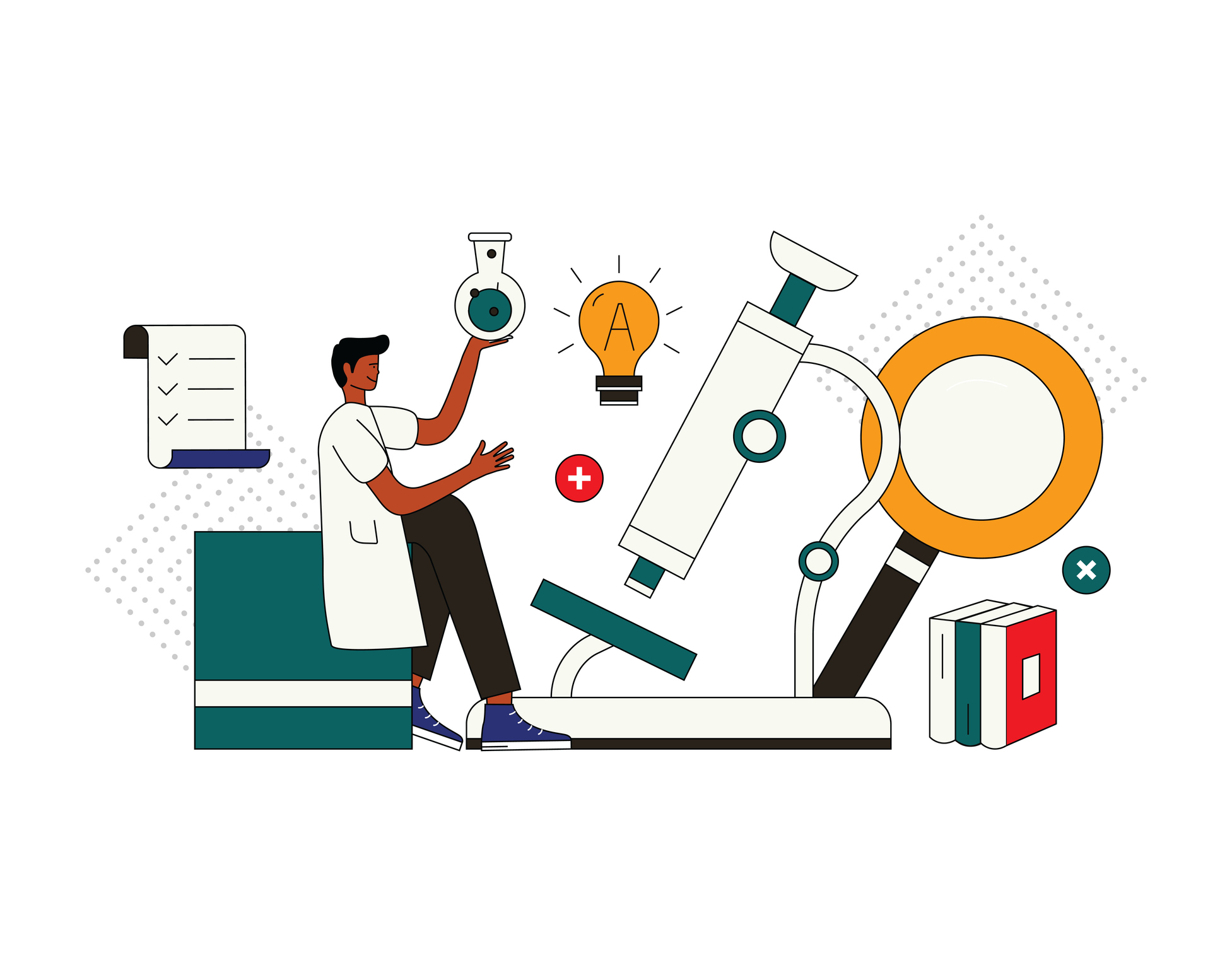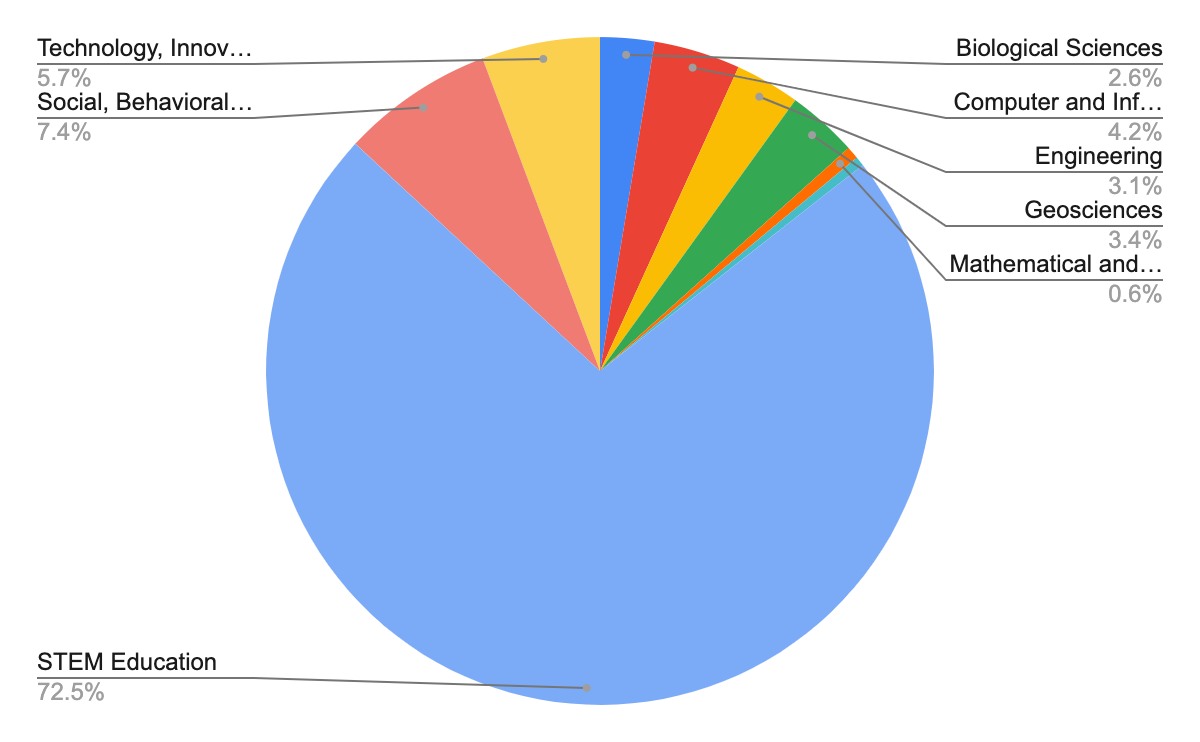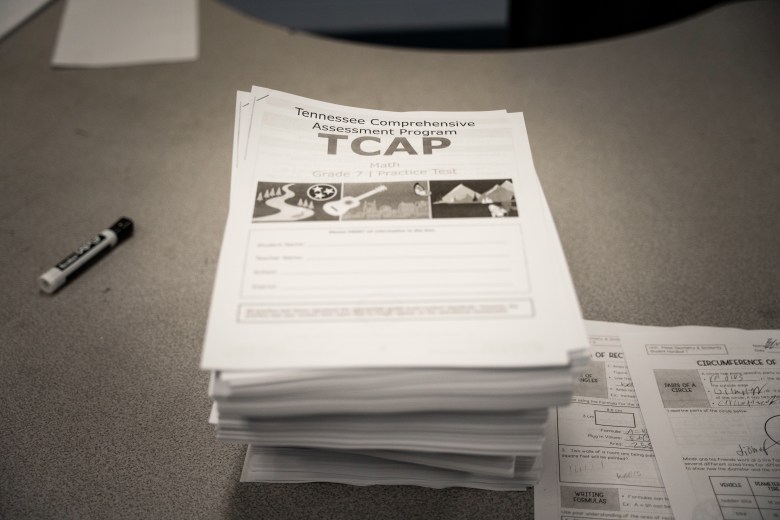After a long day of school, most kids are ready to head home—but in San Antonio, teachers across Northside Independent School District’s (NISD) several middle schools are giving them a reason to stay.
Amanda Quick, NISD’s K–8 STEM Coordinator, organizes Aerial Aviators for the district—an out-of-school time (OST) program that skips the busy work. Instead, students are learning to fly drones, solve problems, and build real skills they can apply in school, at work, and in life.
The Newest OST Program Takes Off
Middle school is when students start figuring out who they are—caught between wanting more independence and being open to new challenges. It’s also when out-of-school-time programs have the most potential to make an impact.
“We were looking at additional afterschool STEM opportunities for our middle school students that would build upon the coding skills they learn in elementary STEM classes,” Amanda explains. “We already offered a robotics program and a solar-car design program that have been highly engaging. With all the local development that uses drones in industry, having an afterschool drone program was a natural addition.”
In San Antonio—home to the nation’s second-largest cybersecurity hub—the answer was practically built into the landscape: drones.
With Echo Drones in hand and a city full of real-world inspiration, NISD launched Aerial Aviators, a program that goes far beyond the basics. Students take part in flight challenges, work together on real missions, and build the kind of confidence that sticks. It’s not just about learning to fly—it’s about seeing where they’re capable of going.
Never Leaving Relevance Up in the Air
Even with exposure to aviation, cybersecurity, construction, and engineering, not every student saw themselves heading into those fields. Instead, many came to the afterschool program thinking drones would be fun—but not exactly tied to their future plans.
While visiting one school’s Aerial Aviators program, Amanda noticed a girl who had more of an entrepreneurial spirit than an engineering one. “Drones don’t feel like something I can use in my future. I want to own a restaurant,” she explained.
Despite the depth of her imagination, the girl struggled to see how drones could be connected to her ambitions. But with some critical thinking and a fresh perspective, Amanda helped her see things differently.
“Remember the Covid pandemic? What if you didn’t have the option of using people to deliver food? How could you solve this problem to keep your business running?”
Suddenly, “women in STEM” took on new meaning for the girl as she realized how much her dream job depended on technology. “I could use drones!”
Like the girl, some students had their futures already mapped out, while others hadn’t even started to imagine careers beyond what they saw through the classroom window. No matter whether the students had their sights set on adulthood, or just their afternoon, Amanda and campus program sponsors knew the right opportunity would be memorable for everyone.
“We want kids to see drone knowledge as a skill, not just a trend. We can’t predict exactly how drones will be used in the future, but we want them to ask, ‘How does this connect to something I’m already passionate about?’”
The goal wasn’t to change their dreams, but to mold them—and for some, to show how a STEM mindset could make those dreams more attainable.
Skilled Students are Soaring Students
Students don’t have to look far to see how STEM technology fuels innovation. Right in their own community, drones are elevating industries—helping strip and repaint airplanes to protect workers from harmful chemicals, and delivering medical supplies in emergencies. As students get hands-on with drones, they begin to see how industries are connected and how transferable skills—beyond coding, engineering, and tech literacy—are key to making it all happen.
“We’re seeing a lot of students troubleshooting when they connect devices to the wrong drone,” Amanda shares. “They’re collaborating, thinking critically, communicating with peers and tech support, and developing grit—lots of it.”
When students get the chance to lead flight challenges, they don’t just show off their skills—they gain the confidence to share what they’ve learned with others. The campus program sponsors have seen this firsthand, noting how eager the kids are to include everyone in the fun:
“At a family event held at one of our high schools where Aerial Aviators students displayed their knowledge and skills, one mom was nervous about her child struggling or breaking something. But before she could worry too much, one student stepped up and reassured her: ‘Don’t worry! If he breaks it, we know how to fix it!’ That moment left everyone smiling.”
Although each student has different interests, the drone program’s design and flight challenges make sure every kid feels their talents are recognized. And the results speak for themselves: 100% of students in the post-program survey said they had a great time.
Just the Beginning
Aerial Aviators has already made an impact on students. Even when things don’t go according to plan—like a broken propeller or a misconfigured drone—these middle schoolers stay motivated, always eager to learn from setbacks.
Looking ahead, students are eager to deepen their STEM experience—especially through coding. Many have even expressed interest in competitions where they can showcase their skills. It’s a level of enthusiasm that educators are proud of—and one they’re ready to champion. Amanda and the campus sponsors are now exploring ways to weave these opportunities into the program, ensuring student voice continues to shape its future.
The success of Aerial Aviators has sparked growing interest, with the program expanding from three schools last year to seven this year. With more funding, the goal is to continue this growth and reach even more students in the year ahead.
No matter how the program evolves, it’s leaving a lasting legacy with the students—whether they’re back in class, opening their own restaurant, applying to college, or building with friends. Equipped with critical 21st century skills, these kids will step into high school, careers, and society as inspired leaders, ready to lend a hand so everyone’s dreams can take flight.

